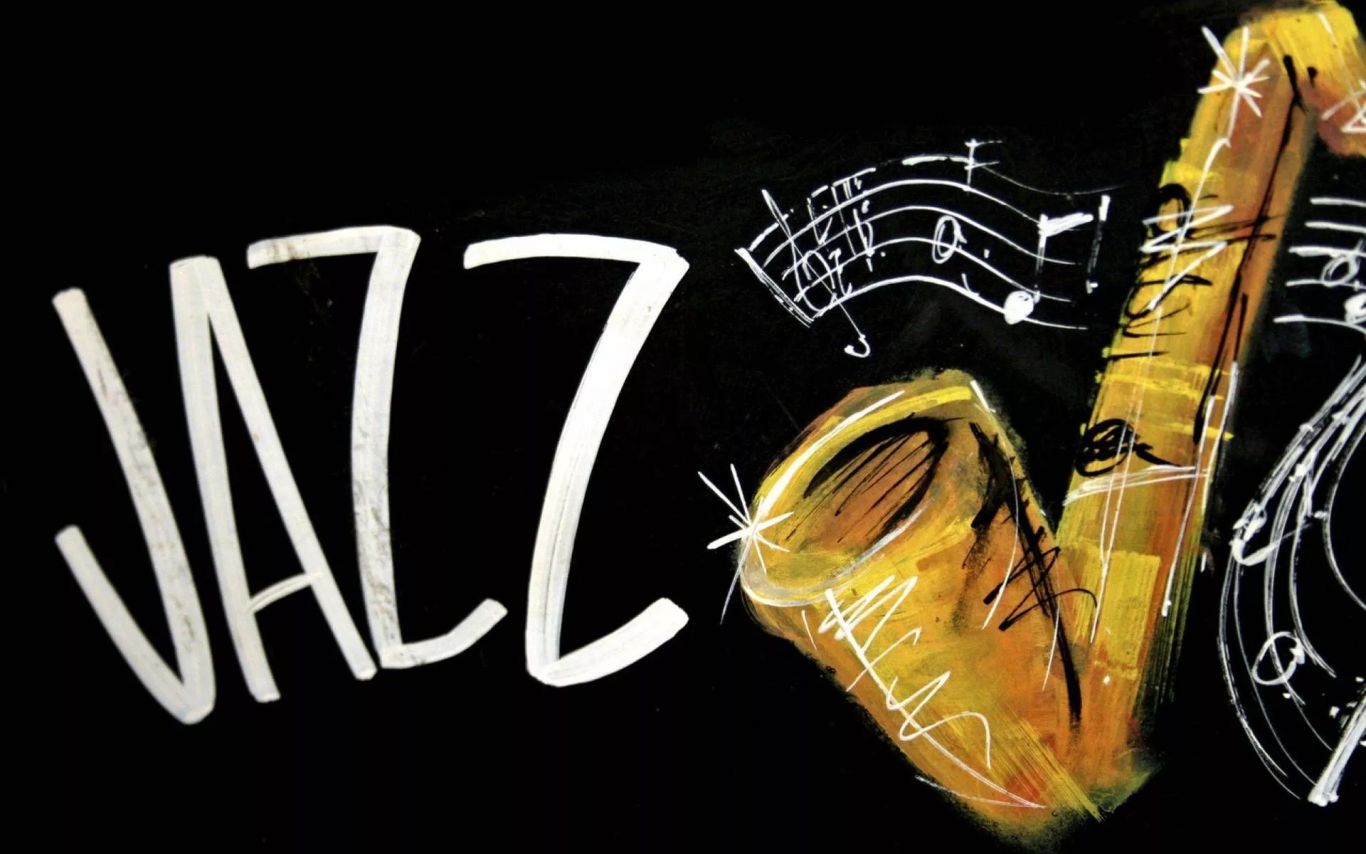
Most popular Jazz Cover tracks
Listen to Ben's selection of the top 30 Jazz covers of great tracks by Weather Report, Herbie Hancock, Miles Davis and more!
-
Moanin'

I give this track the full jazz House makeover and it is a testament to it's longevity that it sound comfortable with a 'modern' treatment. I give it a Marcus Miller spin and a hard rock guitar solo, just to mix it up! Moanin' is one of those tunes that everyone has heard regardless of whether, or not, you follow jazz.
-
It Don't Mean a Thing (If It Ain't Got That Swing) by Duke Ellington

We all like music that swings, this one introduced the world to the notion of swing and presaged the swing era by three years. I keep close to the sentiment of the original, it pushed the envelope with some crazy horn parts as it steam rollered along!
-
Blue Bossa
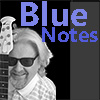
Devian Zikri's arrangement updates the bossa nova beat of this Latin Jazz standard. Don't miss the drum solo at 3 minutes 10 seconds. Blue Bossa is a composition by Kenny Dorham. It was introduced on Joe Henderson's 1963 album Page One on, yes you've guessed it, Blue Note records.
-
Waltz for Debbie

I've always loved this track by Bill Evans. Bill, as far as I can tell, never recorded his own material on Blue Note but I think he may well have done as a sideman. In contrast to the rest of the tracks on my album I've not mixed it up, I've approached this very simply and traditionally. I don't get to do 3/4 often and appreciate the possibilities when I do. It made for a nice solo played on my Nylon stringed electro acoustic.
-
Goodbye Pork Pie Hat
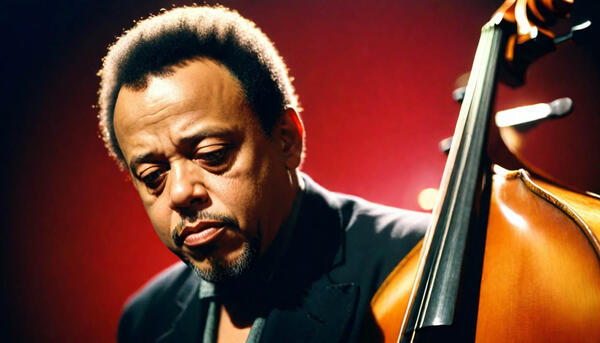
This track is composed by Charles Mingus originally recorded by his sextet in 1959 as listed below, and released on his album Mingus "Ah Um". Mingus wrote it as an elegy for saxophonist Lester Young, who had died two months prior to the recording session, and was known to wear a broad-rimmed pork pie hat. It's been covered by many including Miles (hence the link to blue note), Joni Mitchell, Jeff Beck and other notables. I follow the Marcus Miller arrangement so I'm playing High Bass again.
-
Mercy, Mercy, Mercy

I cannot believe that this track was written in the sixties, a great time for pop but a barren time for jazz. This was half a decade before jazz went electric and Joe founded Weather Report with Wayne Shorter. To really date it look at the Youtube video, it's in black and white! Joe you were a genius man!
-
Blue Train - John Coltrane House version!

This track absorbs House and Elektro beats and doesn't blink! Blue Train is the second studio album by John Coltrane, released in 1958 on Blue Note Records, catalogue BLP 1577. Recorded at the Van Gelder Studio in Hackensack, New Jersey, it is Coltrane's second solo album, the only one he recorded for Blue Note as a leader, and the only one he conceived personally for the label.
-
Blue In Green
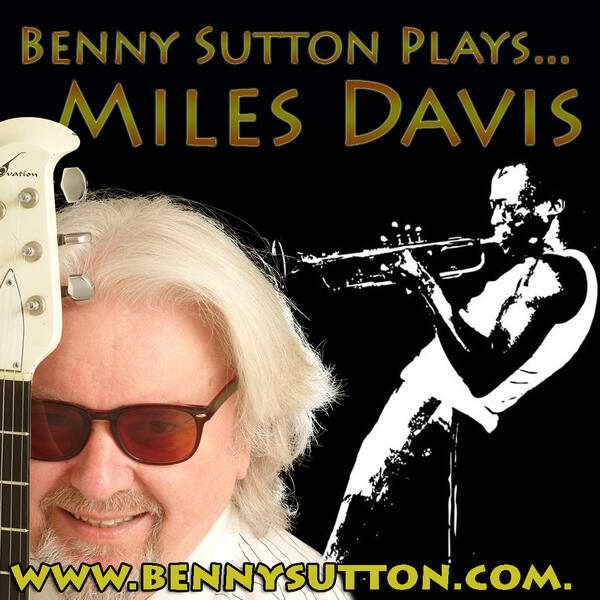
Another Miles Davis track from his landmark Kind of Blue album. On it I play my Nylon stringed electro acoustic.
-
Take The A Train

On this track I indulge my usual inclination to do something rebellious when playing jazz standards. There's House, Techno and Elektro beats pushing it forward and some crazy distorted guitar. It's a short track so I hope it leaves you wanting more! The magical riff is repeated on several instruments throughout the track.
-
Giant Steps

John Coltrane, the saxophonist, is another influential Blue Note Artiste. He was certainly a virtuoso player. This track is notoriously difficult to solo over due to having three tonal centres that change almost every bar!
-
A Night In Tunisia
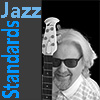
I'd had this track in mind for some time but couldn't see how to approach it - until I actually did! It's another great jazz standard with that strong piano bass line. I put a House beat over the top, keeping the acoustic drums. I gave up on the guitar playing the main melody line, opting for synth instead. The solo fell into place quite naturally and, a couple of mixing hours later, it was done. Well as far as any track is done - they say you never finish a track, you just stop working on it!
-
Dolphin Dance
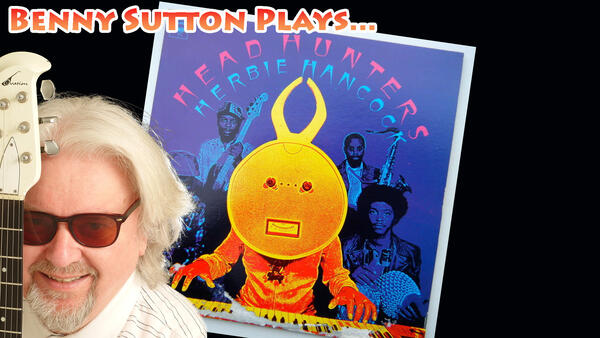
Dolphin Dance is a jazz standard by Herbie Hancock. from his 1965 Maiden Voyage album, though Herbie also re-recorded it in 1974 and again in 1981. I figured it was about time it was recorded again fresh for 2016! I play high bass, keys and guitar on this track. It's a sensitive composition so I resisted my usual inclination to do something rebellious when playing jazz standards. Dig the double bass solo at 2 mins 24.
-
Milestones

My version of this track is a mix of conventional interpretation and acid jazz! Milestones is one of Miles first forays into the developing modal jazz experiments. There's a high bass solo followed by a Jimi Hendrix style heavy rock lead guitar solo. I'm sure Miles would approve, he was the ultimate musical pioneer!
-
Still Time

The Herbie Hancock jazz standard that featured on the soundtrack to the 'Round Midnight movie..
-
So What

Here's my respectful re-imagining of the Jazz standard "So What" by Miles Davis. For full Miles Davis discography click here
-
All Blues
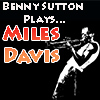
For this track I've gone back to my blues roots. The solo starts off very clean but soon descends into anarchy. The name of the preset I used on my guitar pedal is 'Bonamassa' that should tell you all you need to know! Seriously, the wah wah Rock Blues thing is how I used to do it. So now I have proven I still can get down mean and dirtay. All Blues is classic Miles Davis first appearing on the influential 1959 Columbia album Kind of Blue
-
Footprints

My version of Footprints is very modern and could have been written yesterday, not 1996 when it first appeared.
-
Take Five

My 2015 Latin take on an oldie but goldie! The Jazz standard first played by Dave Brubeck written by Paul Desmond.
-
Higher Ground
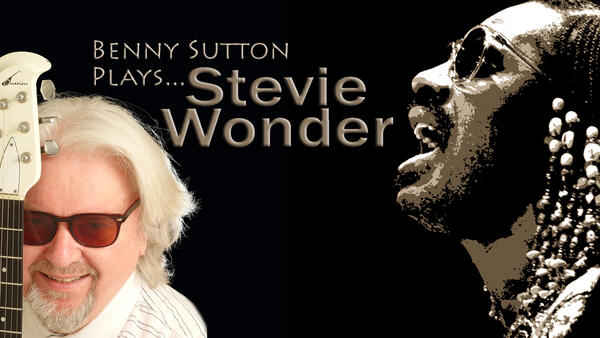
Stevie wrote this track lyrically about reincarnation after a near fatal accident left him in a coma. Fortunately he survived and released the track on his seminal 1973 album 'Innervisions'
-
Yardbird Suite

I tackle this jazz standard by Charlie Parker with my first Big Band arrangement! The lush horn section chords on sound very contemporary and I can see a direct line drawn from this to Steely Dan's blend of rock jazz. Indeed they did a track called "Parkers band" on their third album, Pretzel Logic.
-
My Funny Valentine

I struggled with this track for some time. All the versions I'd heard before didn't really grab me. I knew I should like it but couldn't get a handle on it. But when I tried it anyway I fell in love with it straight away!
-
Seven Steps To Heaven

This track features my usual brand of mayhem and madness when covering jazz standards. I've underpinned it with a modern house beat that really makes it swing.
-
Tell Me Something Good

Chaka Khan and Rufus originally played this song by Stevie Wonder. Here is a modern update performed by a major new vocal talent, Ty. Not many people know it's a Stevie Tune, spread the word!
-
Maiden Voyage

Another classic from Herbie Hancock's Blue Note years. It's the title track off his fifth album and was recorded on May 17, 1965. It was arguably a concept album long before prog rock bands adopted the idea. It's a modal Jazz piece and consequently not easy to solo over. I stuck with a clean tone and adlibs, no recognisable guitar solo. It's very much a 'vibe', not really seeking to go beyond the laid back ethereal groove. This is the sort of chillout that Miles Davis did so well on his In A Silent Way album (Shhh and Peaceful).
-
Chain Reaction
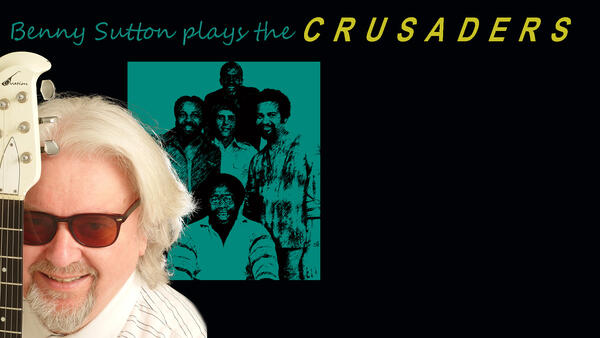
The ultimate riff based groove! Don't miss the guitar solo which starts at 2 mins 40. from the Larry Carlton era in the 70's
-
Watermelon Man

The classic Herbie Hancock jazz standard done in the style of Herbie's Head Hunters band. Features Mark Dorricott on Hammond organ.
-
This Masquerade

The Jazz standard, written by Leon Russell, famously covered by George Benson and feat. Rio Marino on keys
-
Cantaloupe Island

Check out this version of Herbie Hancock jazz standard from 1964 as you've never heard it before. My version features a House beat to drive it along and some mix and mash Hip Hop style!
-
Autumn Leaves

This is Autumn leaves as you've never heard it before. It's Autumn leaves on acid! There's a loop mash beat, some crazy Techno stutters, and inappropriate instrumentation. Originally it was a 1945 French song "Les feuilles mortes" (literally "The Dead Leaves") with music by Hungarian-French composer Joseph Kosma.
-
Breezin'
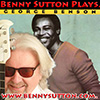
My rework of the George Benson classic